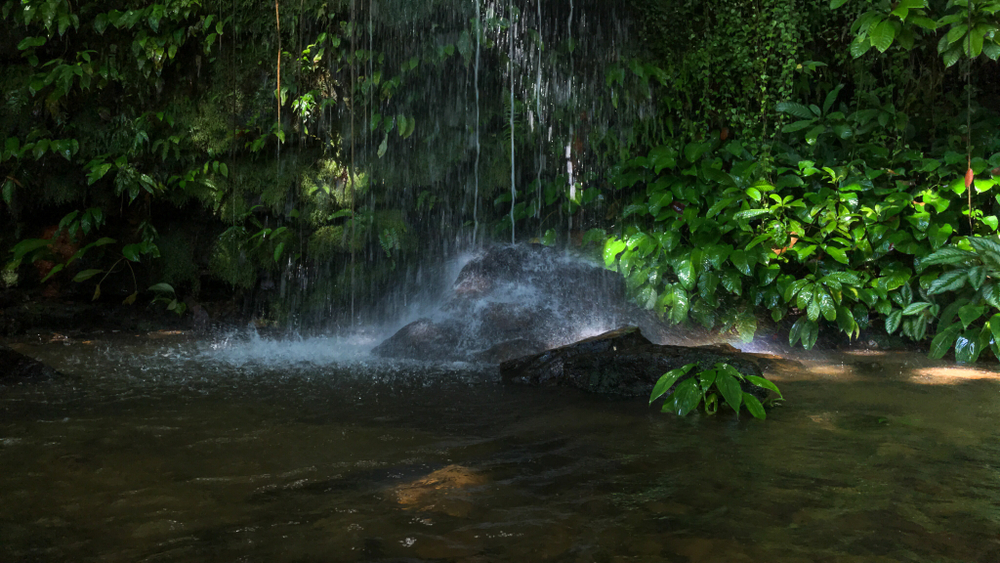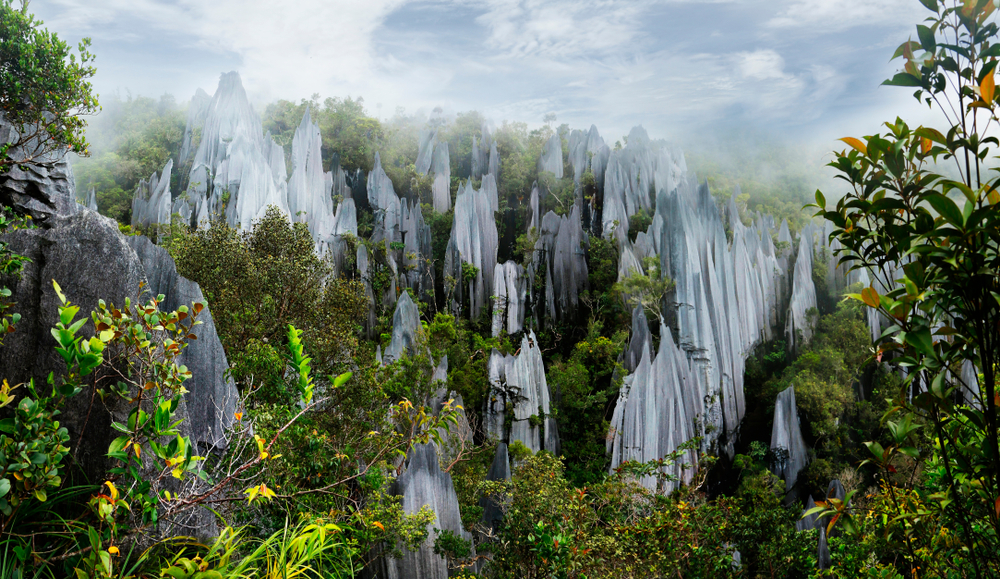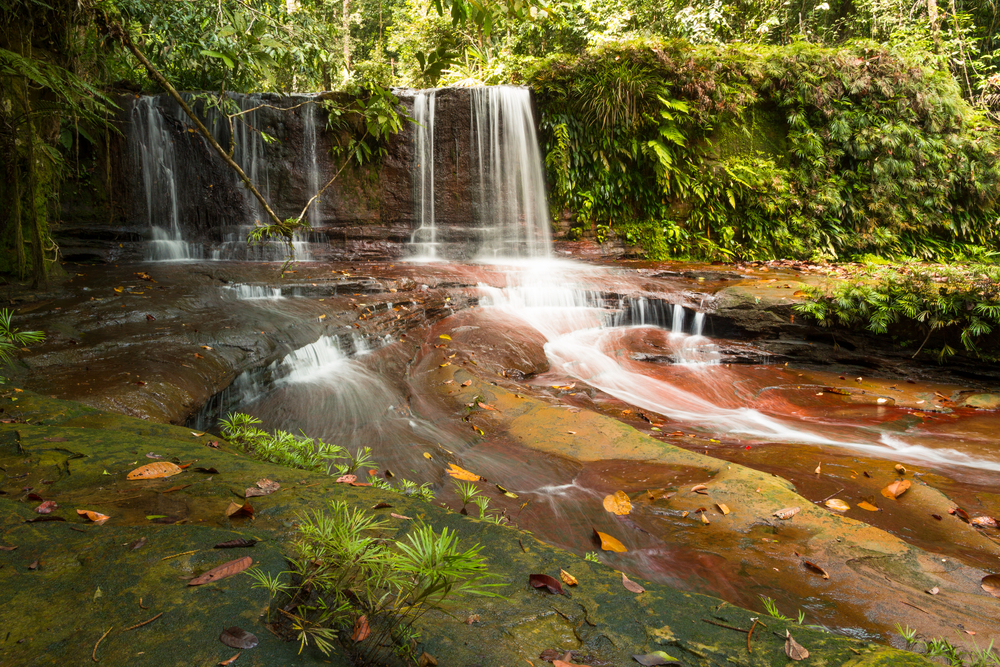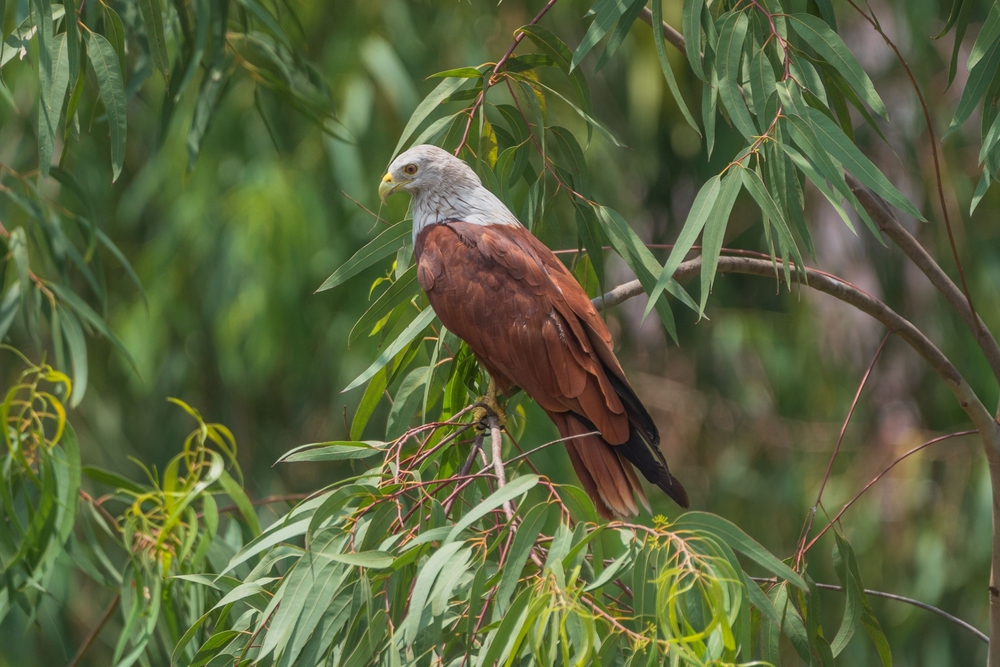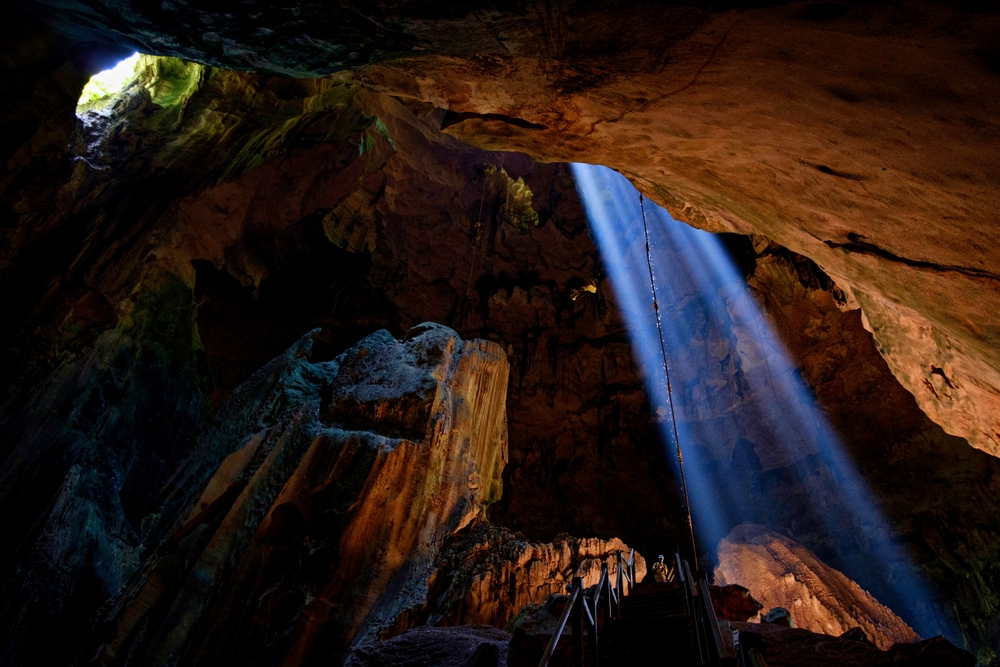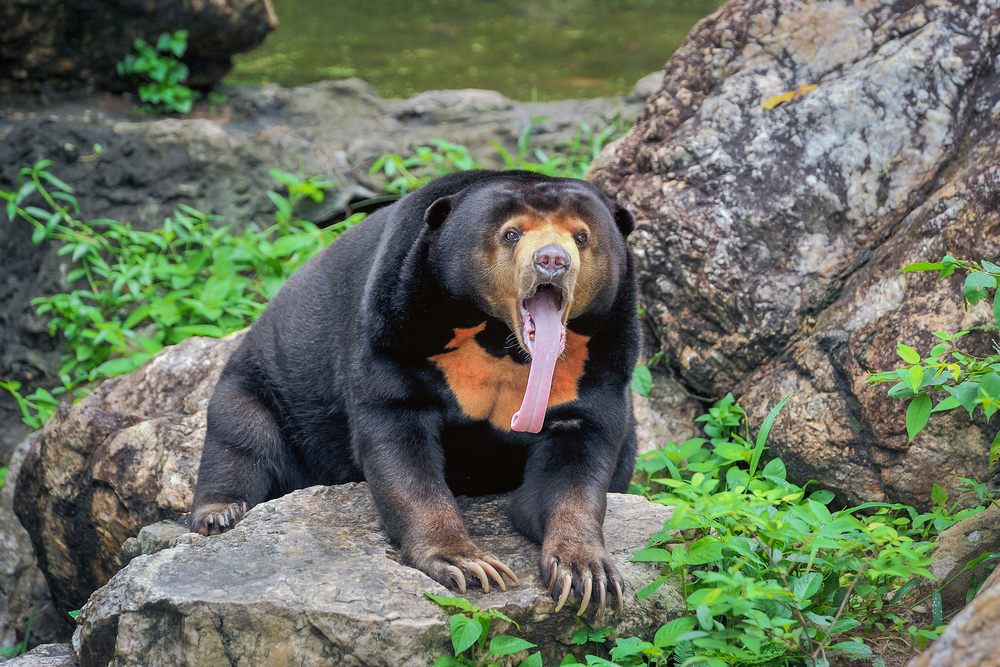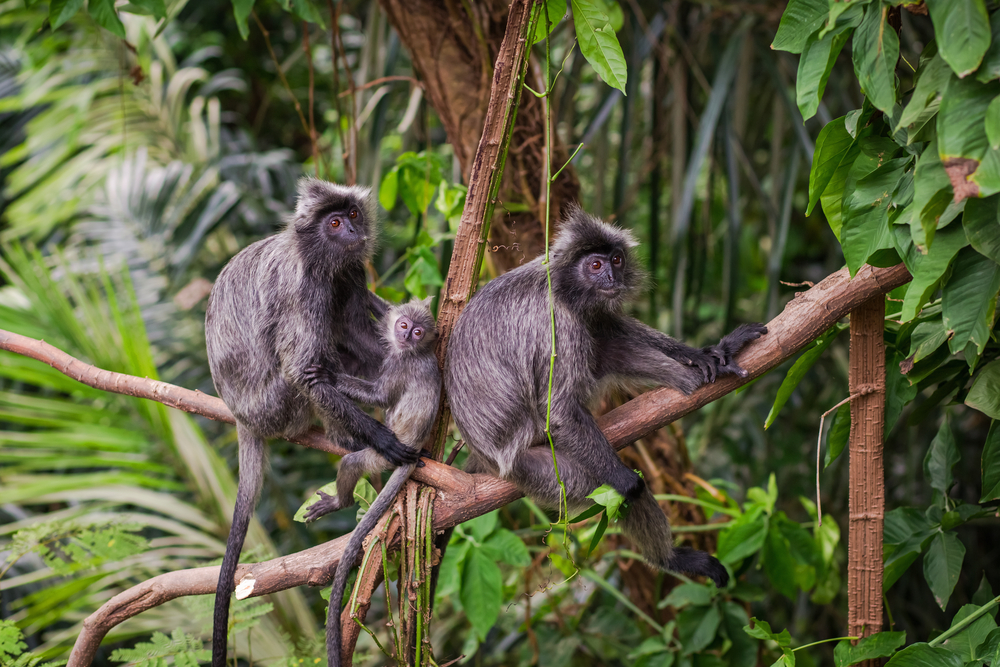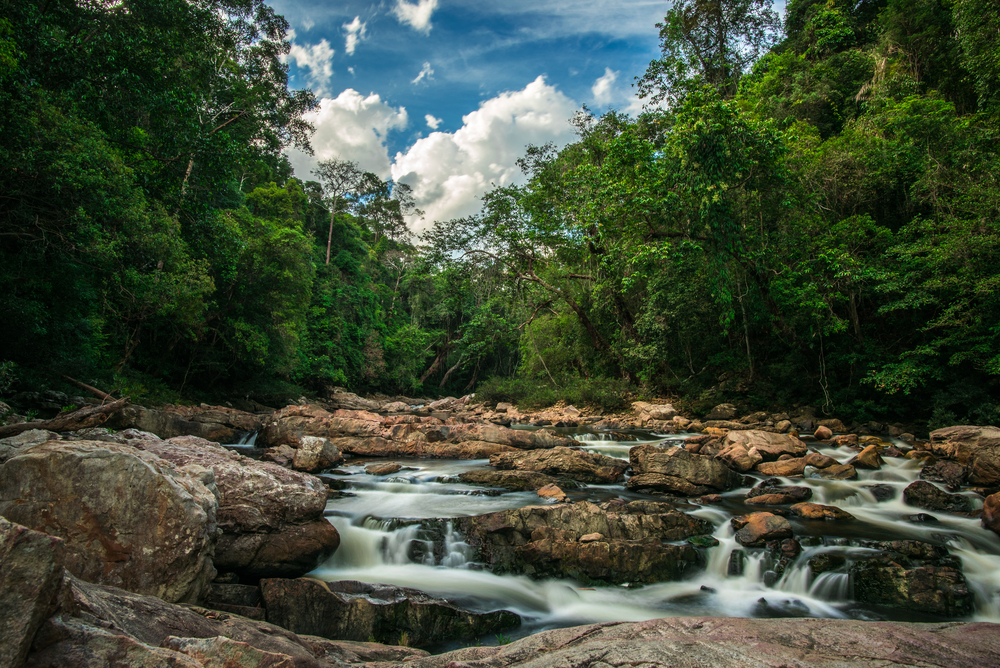Santubong Overview
Santubong National Park, known locally as “Taman Negara Santubong,” is a compact yet mesmerizing natural gem located in Sarawak, Malaysia, on the island of Borneo. Encompassing approximately 6.3 square miles (16.3 square kilometers), this park is named after Mount Santubong, a prominent and culturally significant peak that rises dramatically to 2,657 feet (810 meters) above sea level.
Situated just 22 kilometers from the bustling city of Kuching, Santubong National Park is a haven for nature lovers, history enthusiasts, and adventure seekers alike. The park’s terrain is a mix of rugged mountainous regions, dense tropical rainforests, and serene coastal mangroves. Mount Santubong is the centerpiece of the park, with its steep, jungle-clad slopes offering panoramic views of the surrounding landscape.
Waterfalls cascade down the mountain, such as the picturesque Jungle Waterfall, creating serene spots for hikers to rest and enjoy nature. The lush vegetation includes towering dipterocarp trees, moss-covered rocks, and an understory teeming with ferns and orchids. The mangrove forests along the coastline serve as a critical ecological zone, supporting a rich array of life while protecting the shoreline from erosion.
Santubong National Park is renowned for its diverse wildlife. Visitors may encounter the elusive proboscis monkey, identifiable by its distinctive long nose, or spot silvered langurs and playful macaques in the treetops. Bird enthusiasts will be thrilled by the variety of avian species, including hornbills, kingfishers, and the strikingly colorful mangrove pitta. The park’s coastal mangroves are home to mudskippers, fiddler crabs, and crocodiles, showcasing the interconnectedness of its ecosystems.
A popular feature of the park is the summit trail to Mount Santubong, which attracts trekkers looking for a challenging climb. The trail rewards hikers with breathtaking views of the South China Sea and nearby villages. The park also offers more leisurely boardwalks and trails that meander through the mangroves, providing glimpses of wildlife and opportunities for peaceful reflection. The Santubong Peninsula’s proximity to the sea makes it a gateway for exploring nearby attractions like the Sarawak Cultural Village and Damai Beach, enhancing the visitor experience.
Santubong National Park faces conservation challenges, primarily due to human encroachment and habitat destruction. However, concerted efforts by local authorities and environmental organizations have made strides in protecting this vital ecosystem. Ecotourism initiatives and educational programs have successfully raised awareness among locals and visitors about the importance of preserving the park’s unique biodiversity.
Whether scaling the heights of Mount Santubong, exploring the mangroves, or simply soaking in the natural beauty, visitors to Santubong National Park leave with memories of its stunning landscapes and vibrant wildlife, underscoring the need for continued conservation.








































































